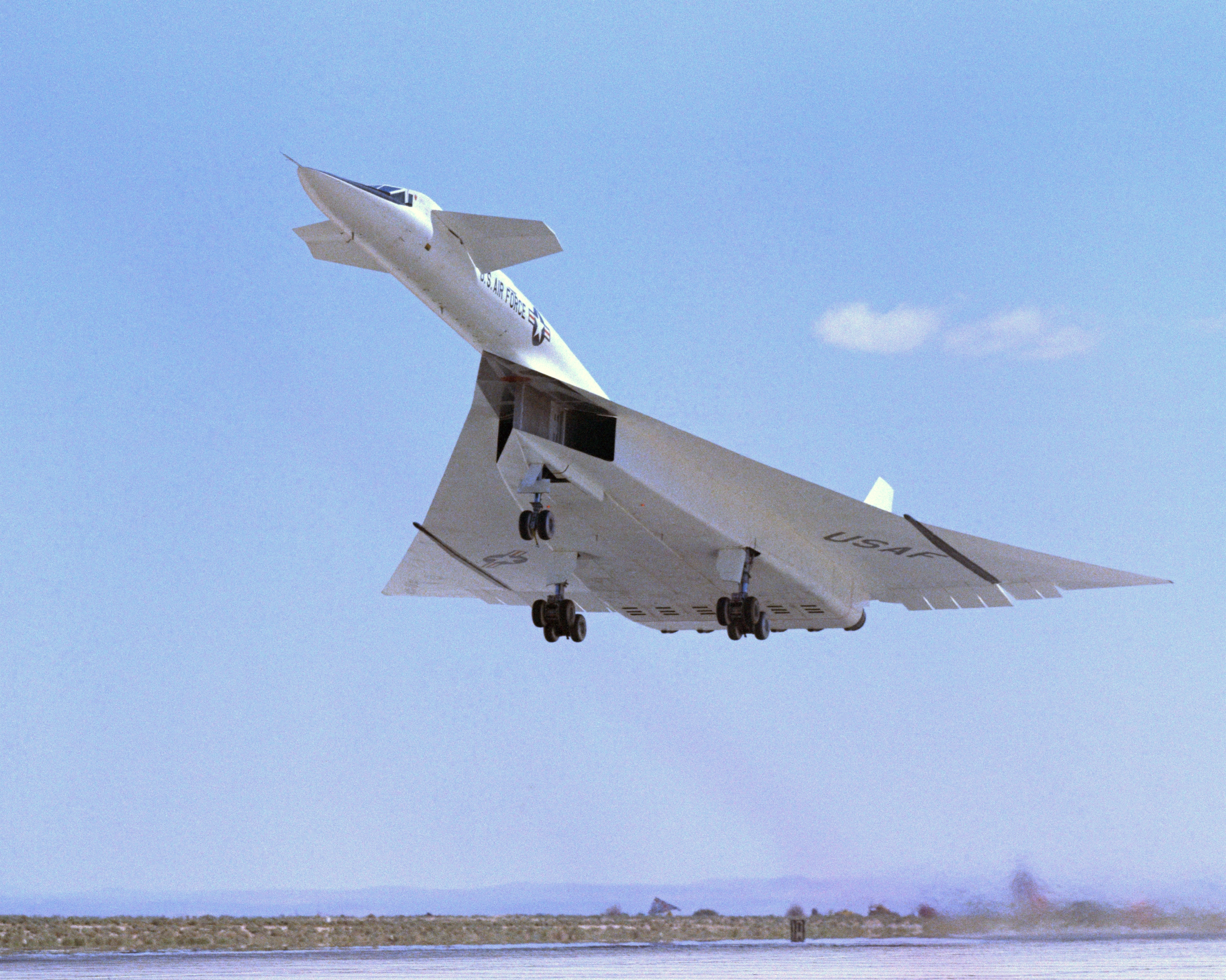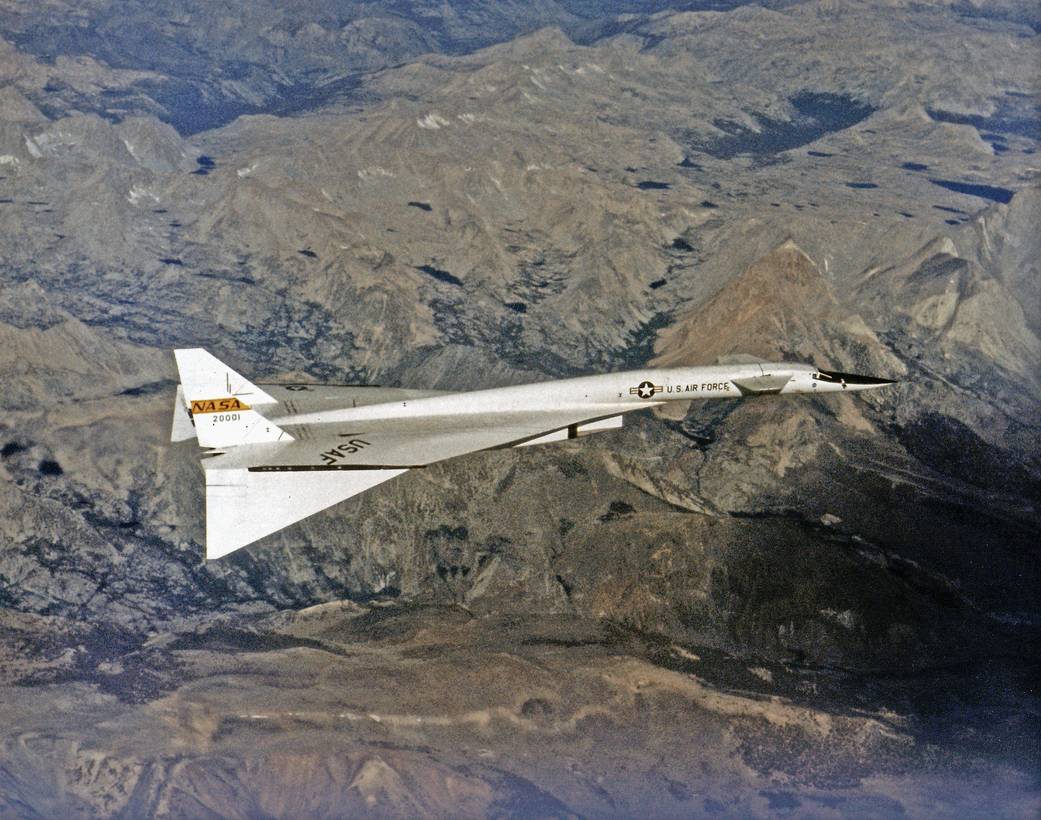In the realm of aerospace engineering, few aircraft capture the imagination quite like the XB-70 Valkyrie. Conceived during the Cold War as part of an ambitious project to achieve supersonic flight and strategic superiority, the XB-70 remains one of the most extraordinary and ambitious designs ever conceived. With its sleek, futuristic appearance and groundbreaking technology, the Valkyrie represents both the pinnacle of 1960s aerospace innovation and a testament to the limits of what was possible in its era.

The Birth of a Supersonic Legend
The XB-70 Valkyrie project was initiated by the U.S. Air Force in the early 1950s, driven by the need for a high-speed, high-altitude bomber capable of penetrating Soviet air defenses. The design aimed to push the boundaries of speed, range, and altitude, reflecting the intense technological race of the Cold War era. The Valkyrie made its first flight on September 21, 1964, and quickly became a symbol of American aerospace ambition.
Revolutionary Design and Performance
The XB-70 was a marvel of engineering, featuring a distinctive delta-wing design that was both striking and functional. Its large, triangular wings were optimized for supersonic flight, while its advanced materials and design allowed it to cruise at speeds of Mach 3 (approximately 2,300 mph or 3,700 km/h) and altitudes of up to 70,000 feet. This capability was intended to enable the Valkyrie to evade enemy missiles and interceptors, making it a formidable asset in the strategic bomber role.
One of the most innovative aspects of the XB-70 was its use of variable-sweep wings, which could be adjusted to optimize performance at different speeds. At lower speeds, the wings were swept back to improve stability and reduce drag, while at supersonic speeds, they could be extended to maximize aerodynamic efficiency. This advanced feature, combined with its powerful six-engine configuration, made the Valkyrie one of the fastest aircraft ever built.

Challenges and Legacy
Despite its groundbreaking design, the XB-70 faced significant challenges that ultimately curtailed its operational potential. The project was hindered by a series of technical and financial issues, including the high costs associated with developing and maintaining such an advanced aircraft. Additionally, the rapid advancements in missile technology during the 1960s diminished the strategic value of high-speed bombers like the Valkyrie.
The XB-70’s operational career was further impacted by a tragic accident in 1966, when one of the prototypes was destroyed in a mid-air collision during a photo shoot. This incident, coupled with shifting military priorities, led to the cancellation of the XB-70 program in 1969. Despite the program’s early termination, the Valkyrie left a lasting legacy in the field of aerospace engineering.

The Valkyrie Today: A Symbol of Ambition
Though the XB-70 Valkyrie never entered full-scale production or operational service, it remains a symbol of the bold ambitions and technological dreams of its era. The surviving prototypes are preserved in museums, where they stand as monuments to an era of innovation and daring. The Valkyrie’s sleek design and advanced technology continue to inspire aerospace engineers and enthusiasts, representing the pinnacle of Cold War-era aerospace engineering.
In aerospace history, the XB-70 Valkyrie stands as a testament to the ambition and ingenuity of the 1960s. Its legacy endures as a symbol of what was possible at the height of supersonic bomber development, and it continues to captivate those who marvel at its audacious design and revolutionary technology.
Conclusion
The XB-70 Valkyrie may have been a product of its time, but its impact on aerospace engineering and its place in history are timeless. With its cutting-edge technology, daring design, and ambitious goals, the Valkyrie embodies the spirit of innovation and exploration that defined its era. As a pioneering supersonic bomber, the XB-70 Valkyrie remains an enduring symbol of the quest to push the boundaries of aviation and achieve the extraordinary.





